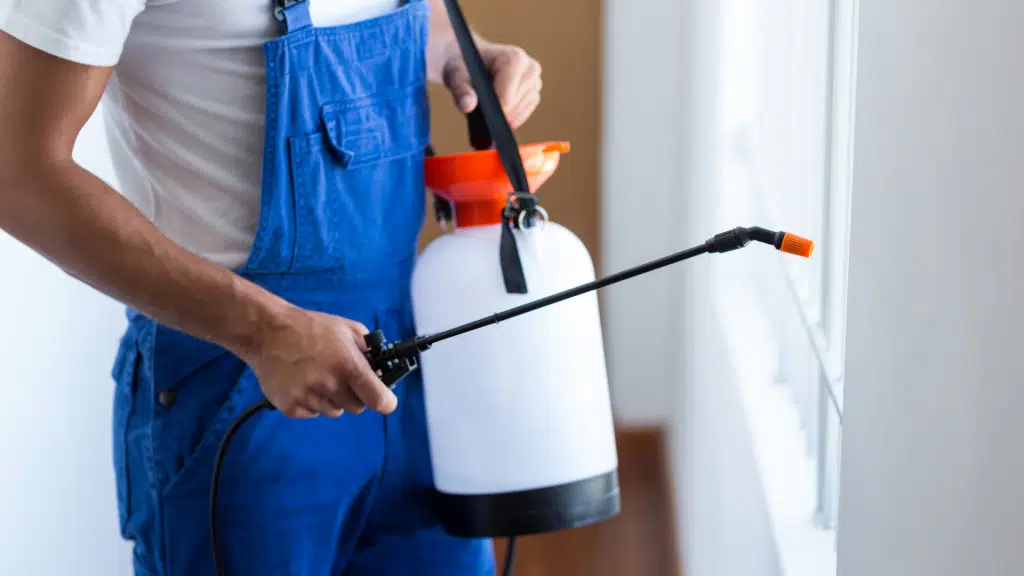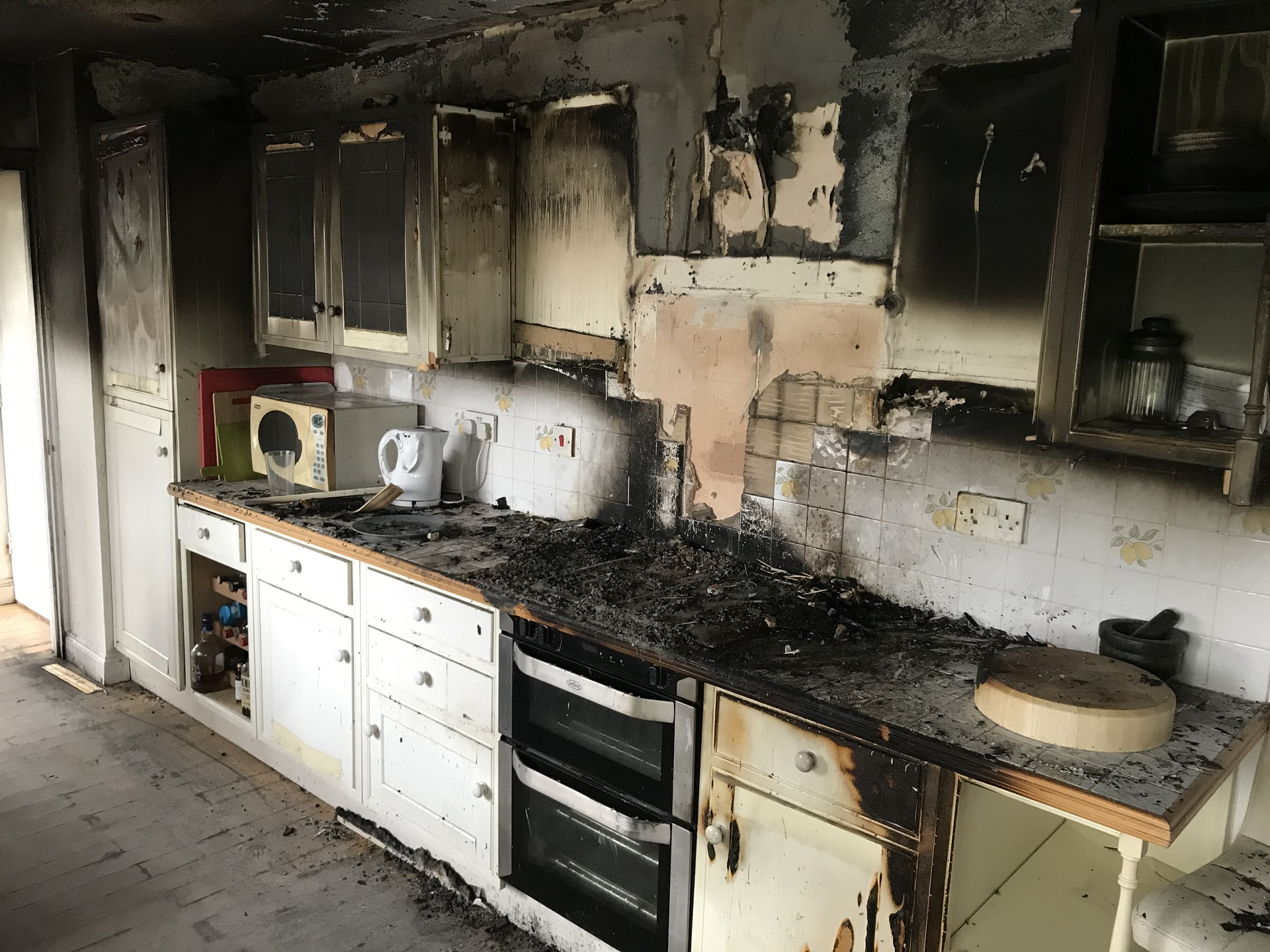When pests invade homes, businesses, or agricultural areas, they bring with them not just inconvenience but also potential health risks and structural damage. Professional pest control technicians are trained to tackle infestations using various effective solutions tailored to specific pest problems. In this article, we’ll explore the tools, techniques, and strategies pest control technicians use to eliminate pests and prevent their return.
Understanding pest control methods is essential for both professionals and individuals seeking to manage pest issues. Let’s dive into the methods commonly used and the reasoning behind them.
1. Overview of Pest Control Techniques
Pest control technicians rely on a variety of solutions based on the type of pest, the extent of infestation, and the environment they are working in. These techniques can be broadly categorized as:
- Chemical Control
- Biological Control
- Physical Control
- Integrated Pest Management (IPM)
Each of these methods plays a unique role in combating pests effectively and sustainably.
2. Chemical Control Methods
Chemical control remains one of the most common solutions for pest management. It involves the use of pesticides designed to target specific pests while minimizing harm to humans and the environment.
Common Chemicals Used
- Insecticides: Used for controlling insects such as ants, termites, and cockroaches.
- Rodenticides: Target rodents like rats and mice.
- Herbicides: Manage weed growth, which can attract pests.
- Fungicides: Control fungi that can cause structural damage or attract pests.
Advantages of Chemical Control
- Immediate results.
- Effective for large infestations.
- Can target specific pests.
However, pest control technicians prioritize safety and environmental considerations when applying chemicals. Proper handling and application ensure these products are both effective and safe.
3. Biological Control Solutions
Biological control methods harness natural predators, parasites, or pathogens to manage pest populations. This eco-friendly approach is increasingly popular in agricultural and residential settings.
Examples of Biological Solutions
- Beneficial Insects: Ladybugs and lacewings feed on aphids and other harmful pests.
- Microbial Agents: Bacillus thuringiensis (Bt) bacteria target specific insect larvae.
- Predatory Birds: Owls and hawks are effective for rodent control in agricultural areas.
Biological control is a sustainable solution, but it requires careful planning and monitoring to ensure its success.
4. Physical Control Methods
Physical control involves creating barriers or removing pests through manual or mechanical means. These methods are often combined with other strategies for optimal results.
Common Physical Control Techniques
- Traps: Mouse traps, glue boards, and fly traps are widely used.
- Barriers: Installing screens or sealing entry points to prevent pest access.
- Heat Treatments: Using high temperatures to kill bed bugs and other insects.
- Vacuuming: Effective for removing insects like fleas or bed bugs from surfaces.
Physical solutions are cost-effective and reduce reliance on chemicals.
5. Integrated Pest Management (IPM)
Integrated Pest Management (IPM) is a holistic approach that combines multiple pest control methods to achieve long-term solutions. This strategy emphasizes prevention, monitoring, and minimizing environmental impact.
Steps in IPM
- Inspection: Identifying pests and assessing the infestation.
- Monitoring: Keeping track of pest activity using traps or observations.
- Action Thresholds: Determining the level at which pests become a threat.
- Implementation: Applying a combination of biological, chemical, and physical controls.
- Evaluation: Reviewing the effectiveness of the solution and making adjustments as needed.
IPM has gained recognition as the most sustainable pest control approach, particularly in sensitive environments like schools and hospitals.
6. Essential Tools Used by Pest Control Technicians
Technicians employ a range of tools and equipment to implement their chosen pest control methods effectively.
Key Equipment
- Sprayers: For applying liquid pesticides or disinfectants.
- Foggers: Used for fumigating larger areas.
- UV Lights: To detect pest activity, especially in dark areas.
- Protective Gear: Ensures technician safety while handling chemicals.
- Monitoring Devices: Includes cameras, sensors, and traps for ongoing surveillance.
7. Choosing the Right Solution for Different Pests
Different pests require tailored solutions. Let’s examine the recommended approaches for some common pests:
Insects (Ants, Termites, Cockroaches)
- Solution: Chemical insecticides, bait systems, or heat treatments.
- Prevention: Regular cleaning, sealing cracks, and removing food sources.
Rodents (Rats, Mice)
- Solution: Rodenticides, traps, and physical barriers.
- Prevention: Blocking entry points and maintaining cleanliness.
Bed Bugs
- Solution: Heat treatments, vacuuming, and chemical sprays.
- Prevention: Regular inspection of furniture and bedding.
Weeds
- Solution: Herbicides or manual removal.
- Prevention: Using mulch and maintaining healthy soil.
By understanding the specific needs of each pest, technicians can deliver effective and efficient solutions.
8. Benefits of Professional Pest Control Services
While DIY solutions can help in minor cases, professional pest control services offer significant advantages:
- Expertise in identifying pests and their behavior.
- Access to advanced tools and techniques.
- Long-term solutions with preventive measures.
- Safe handling of chemicals and equipment.
For a deeper understanding of the creative processes involved in pest control solutions, you might explore related insights at Big Write Hook.
9. Sustainability in Pest Control
Modern pest control is increasingly focused on sustainability. This involves:
- Using eco-friendly products.
- Adopting IPM principles.
- Minimizing chemical use.
Promoting sustainability not only protects the environment but also enhances the effectiveness of pest control over time.
Discover more about sustainable practices and creative approaches by visiting Blogarcy Art.
10. How to Become a Pest Control Technician
If you’re inspired by the role pest control technicians play, here’s a quick guide on how to enter this profession:
- Education and Training: Attend courses that cover pest biology, control methods, and safety protocols.
- Licensing: Obtain certification and licenses required in your region.
- Experience: Gain hands-on experience through internships or entry-level positions.
- Ongoing Learning: Stay updated with the latest advancements in pest control solutions.
Conclusion
Pest control technicians use a combination of chemical, biological, and physical methods to manage pest infestations effectively. By embracing sustainable practices and leveraging advanced tools, they ensure safe and long-term solutions for homes, businesses, and agricultural settings. Whether tackling termites, rodents, or weeds, the expertise of pest control professionals is invaluable in maintaining pest-free environments.
Understanding the solutions they use can empower homeowners and businesses to make informed decisions about pest control. For those curious about creative problem-solving in various industries, resources like Big Write Hook and Blogarcy Art offer fascinating insights.









